“I’m Lt Gen Kammula Ramachandra Rao, retired from the Indian Army after nearly four decades of service. I grew up in Eluru, Andhra Pradesh. Like many in my generation, the 1962 war left a mark on me. I still remember the images in the newspapers and the conversations at home. It was around then that I knew I wanted to wear the uniform. My grandfather encouraged me to pursue a life of purpose and discipline. His influence, combined with the times we lived in, shaped my path.
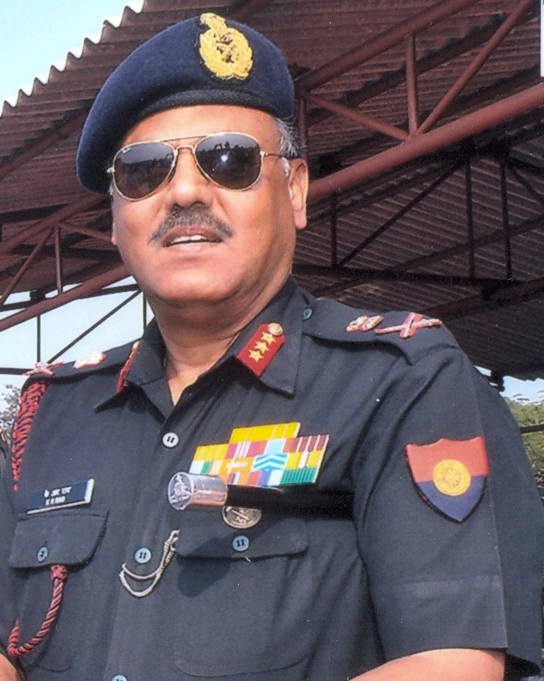
I joined Sainik School on a merit scholarship, and from there, my journey began. In 1970, I was commissioned into the Indian Army. The following year, I was deployed to the frontlines during the 1971 war. I’ve since served in different parts of the country—over 11 years in Jammu & Kashmir, five years in the East, and three years posted along the China border. I’ve led counter-insurgency operations, logistics units, and major strategic commands. I’ve seen battlefields change—from radio sets to satellite communications—but what’s remained constant is the spirit of the Indian soldier.
Now, about Pahalgam.
It’s hard to find the right words to describe what happened there, but if I had to choose one, it would be barbaric. The brutality wasn’t just in the loss of innocent lives—it was in the intent. This wasn’t random violence. It was cold-blooded, deliberate, and driven by communal hatred. The attackers singled out Hindus. I’ve served in the Army for decades, and I’ve rarely seen something so calculated and openly communal.
What made it worse was what they said after: “Go and tell Modi.” That wasn’t just provocation. It was a challenge. A message meant to mock the strength of our nation.
We’ve faced terror attacks before. But this one hit differently. It wasn’t just about the victims or their families—it struck at the idea of national unity. It was designed to terrorise civilians, to ignite division. And behind it all was a political motive. The attackers openly referred to Article 370 and its abrogation.
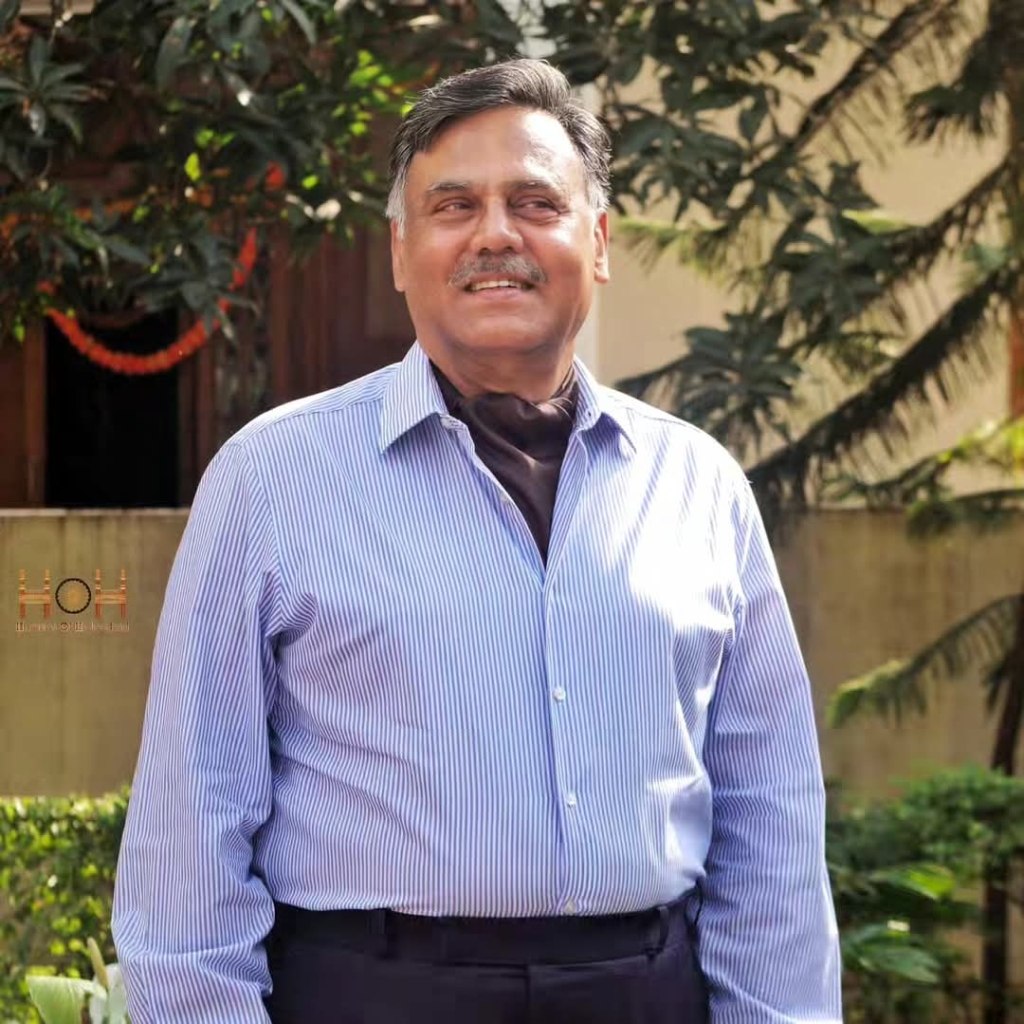
The Pahalgam terrorist attack wasn’t an isolated act. It was planned, coordinated. The attackers knew the area, the movement of tourists, the exact timing. This kind of precision isn’t possible without local support. These terrorists weren’t just armed outsiders—they were embedded quietly and waited for the right moment. The attack taught us one hard lesson: sleeper cells and support systems are still active. Our intelligence has definitely improved, but we need deeper penetration, sharper instincts, and quicker coordination. From what I hear, central agencies are already on the trail.
The government’s response was swift: Operation Sindoor. And the name is symbolic. “Sindoor” is the red mark that married women wear. Many women lost their husbands that day. This operation was carried out in their name. Not just as retaliation, but as tribute.
Unlike previous strikes limited to the Line of Control, this time, we went further—into deeper territory. According to reports, multiple launchpads were hit. The objective was to target active terror training and logistical hubs without triggering full-scale escalation. The weapons used were precision-based, keeping the response tight and controlled. Operation Sindoor was not just about showing strength—it was about reach. And restraint. It sent a message that India will act, but it will do so strategically.
After Pahalgam, some now fear visiting Kashmir. That’s understandable. Fear is natural. But we must not let fear dictate our lives. One incident must not define the entire valley. Lakhs continue to visit Srinagar, Gulmarg, and Pahalgam. The Amarnath Yatra will go on. People of faith and strength don’t cower. There may be a brief lull, but normalcy will return.
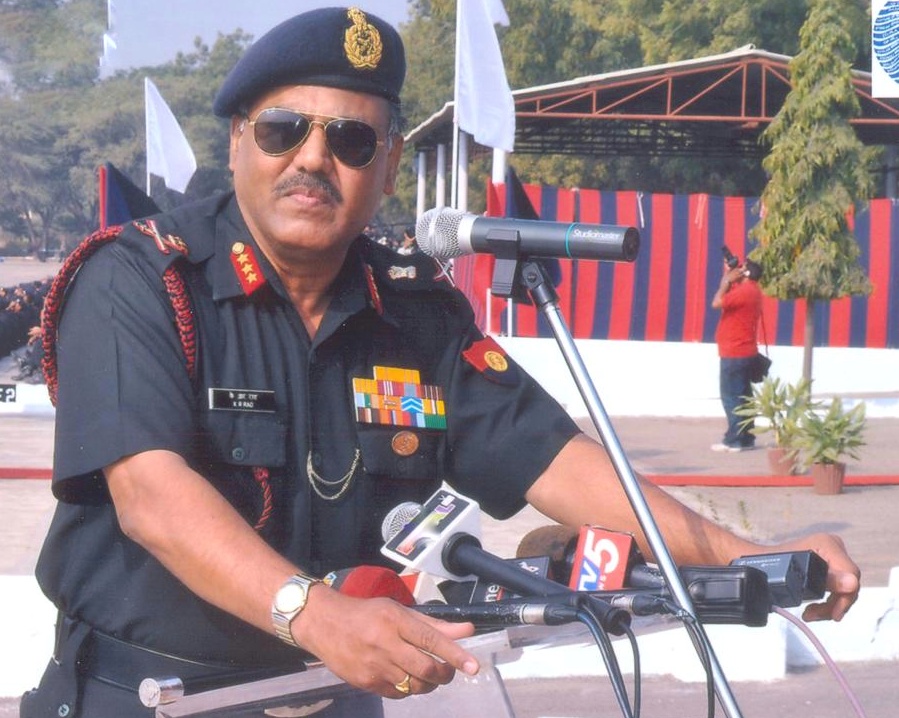
Now, a different kind of war is also being fought—the digital one. Misinformation, doctored footage, fake social media posts. These are tools used to confuse, divide, and provoke. Every citizen must stay alert. Verify before forwarding. Think before reacting. Psychological warfare is real, and in today’s world, it’s just as dangerous as bullets and bombs.
Finally, let me speak on an issue that weighs heavily on me: the rising communal tension. I’ve seen several being targeted online, accused and insulted. Let me say this clearly: the Indian Army is one of the most secular institutions in the world. We have no religious divisions. We fight as one—Hindu, Muslim, Sikh, Christian, Parsi. I’ve known exceptional officers who served and are still serving with honour.
Yes, some misguided youth exist—as they do in every community. But branding an entire religion as anti-national? That’s ignorant. That’s dangerous. Unity in diversity isn’t just an ideal. It’s our greatest strength.
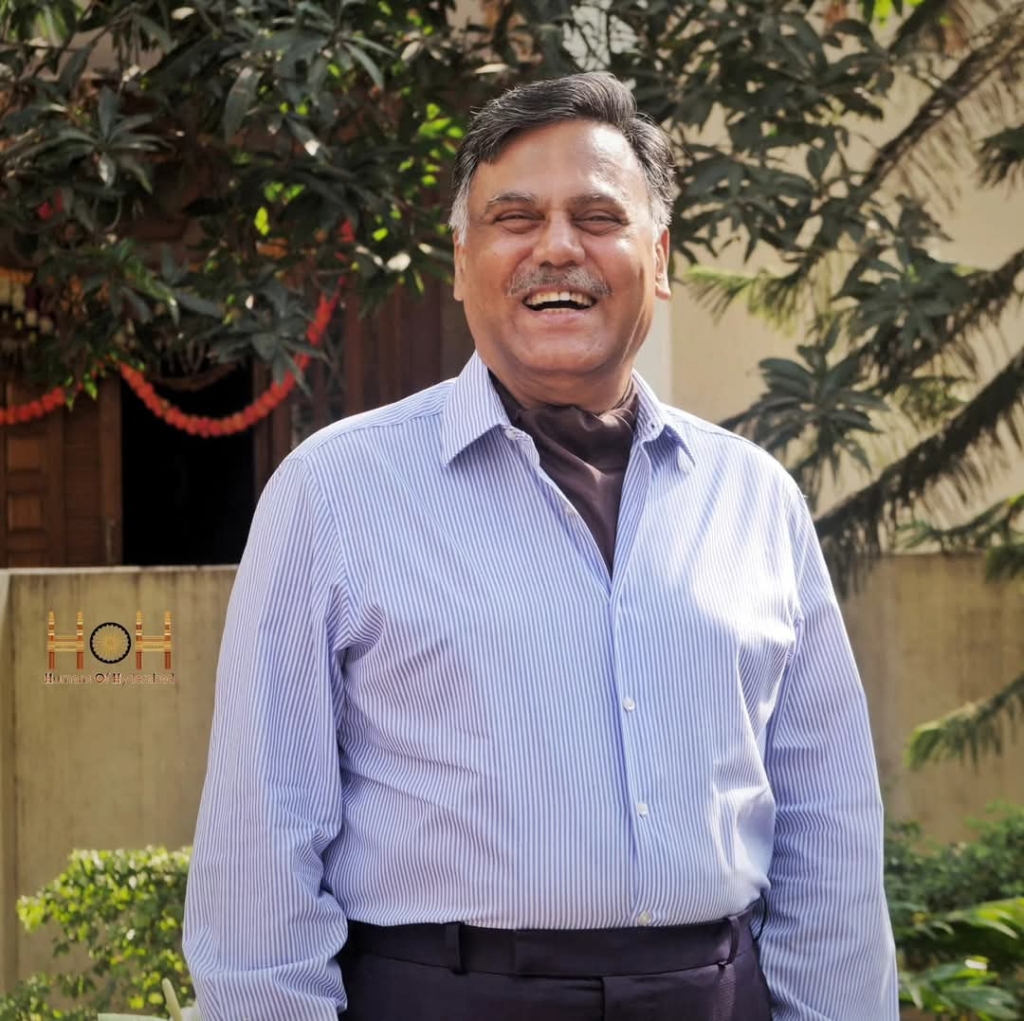
As for our strength as a military, the Indian Army today has around 14 lakh personnel. That’s not a number pulled from the air. It’s based on careful analysis of threat perception, capability, and economic sustainability.
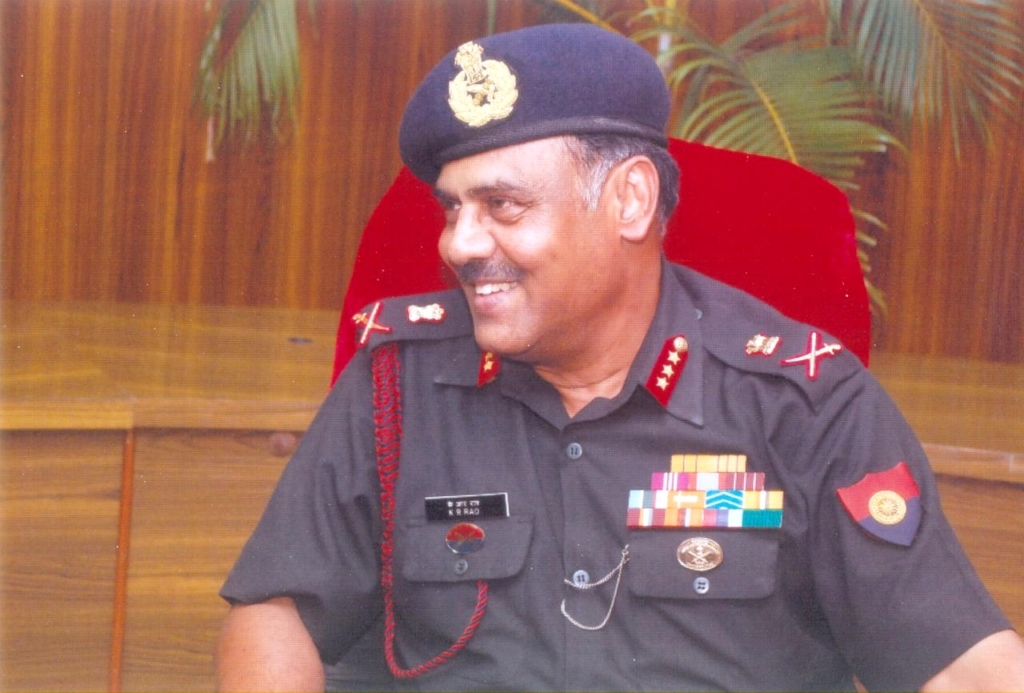
We don’t need to match others or chase numbers. We prepare to defend, not to conquer. Even with changes like the Agniveer scheme and disruptions from COVID, the planning is in place. I’ve overseen recruitment and manpower strategy myself—I know the systems are solid.
We may debate whether we need 10,000 more or 50,000 fewer, but the fundamentals are sound. We are ready. We are capable. We are united.
No matter the threat—from across the border, from within, or from misinformation—we will defend this nation with strength, clarity, and unwavering resolve.”
— Lt Gen Kammula Ramachandra Rao, PVSM, AVSM, VSM (Retd)
